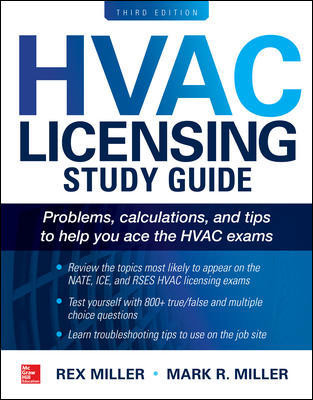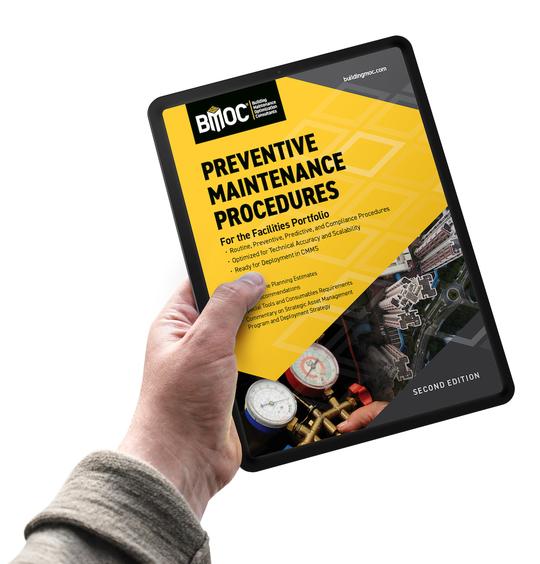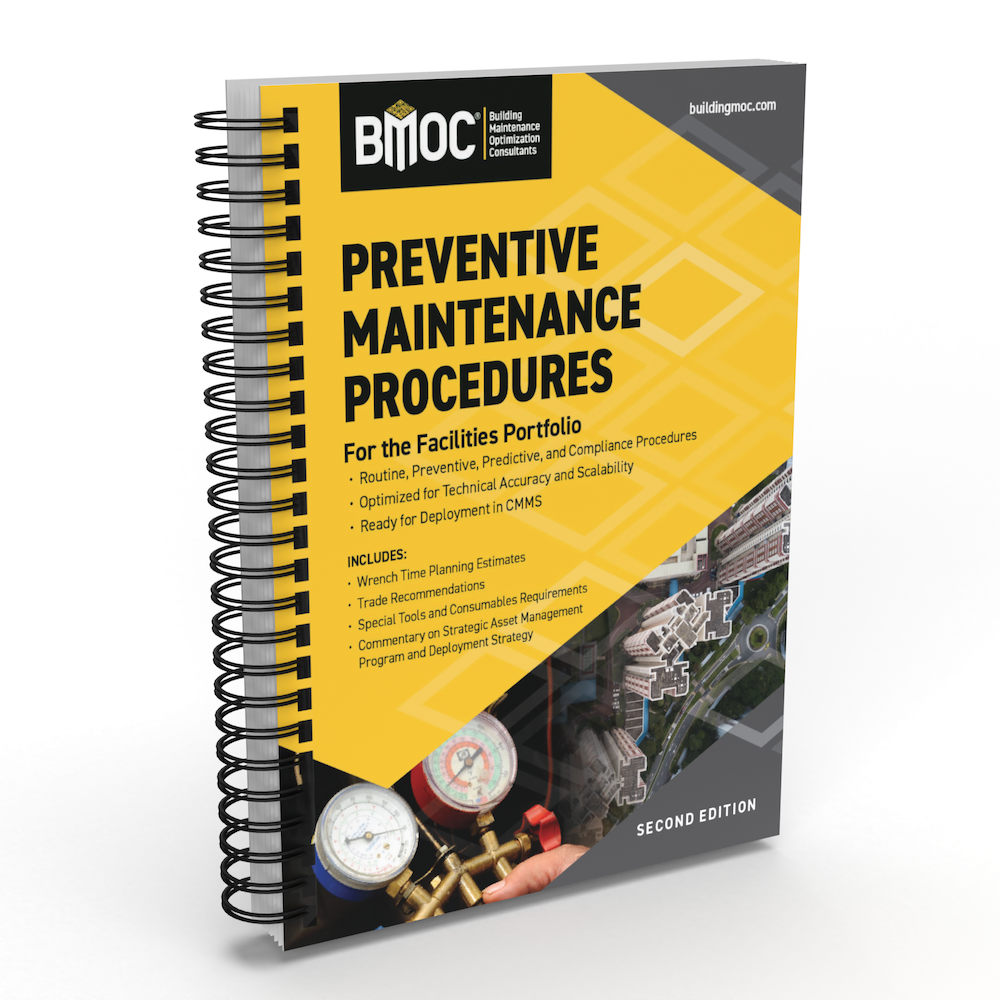NEC Article 110.26(F)(1)(c) permits fire sprinkler protection for the dedicated space, where the piping complies with the requirements of that section. This means that the piping itself must be located outside of the dedicated space, although the coverage (spray pattern) of the sprinkler heads may extend into it. Remember also that if the piping is located above the dedicated space, you must provide some means of protecting the electrical equipment from leaks or breaks per 110.26(F)(1)(b).
Thanks to alert readers from the Wisconsin Department of Administration for bringing this error to my attention, and my apologies to anyone who may have used the incorrect information.
Can Water And Electricity Mix?
As long as we are on the topic, why do codes permit sprinkler systems in electrical equipment rooms to start with? Isn't there danger in ignoring the old adage that water and electricity don't mix? If I had a dollar for every time this question has come up in my career, I'd be writing this column from retirement, or at least from a nice vacation spot.Particularly in the case of medium voltage (over 600V) systems, all of the electricians and most clients I've worked with have an aversion to building officials' assertions that a "fully sprinklered" building means fully, with no exceptions for electrical rooms. Perceived risks include power interruption and equipment damage from leaks or accidental discharge, and the hazard created if an electrician working in the space should damage a sprinkler head and release water while the equipment is energized. In spite of these concerns, on all but a single site, this disagreement has consistently been settled in favor of the building officials and sprinklers installed.
Some years back, while attending an NFPA-sponsored seminar, I put this question to one of their staff electrical engineers. His answer was that the loss history from fires originating in unsprinklered electrical rooms is many times greater than the loss history from accidental discharge of sprinkler heads, which are, after all, highly reliable devices.
He said that many of these incidents are related to storage of combustibles around electrical equipment, rather than the electrical equipment itself. I've seen the results of this myself. Many years ago, I was involved in investigating a fire caused by failure of a circuit breaker in a motor control center. Sparks expelled from the equipment ignited upholstered furniture that had been stored in the electrical room, resulting in a large loss fire that closed a major department store over the lucrative Thanksgiving weekend.
Making The Best Of A Bad Situation
Given that we have to live with sprinkler systems around energized electrical equipment, some things can be done to reduce the risks. Any steps proposed should, of course, be reviewed with the building owner from the standpoint of cost and impact on O&M practices, and with the building official and fire marshal with respect to code compliance.The first step is to design adequate overhead clearance into the installation. If there is plenty of clearance to structure above the equipment, sprinkler heads and piping can be kept high and away from the equipment. If fire protection piping and heads do not crowd the dedicated space, there is less the likelihood of accidental impact during future conduit installation. Wire guards should also be installed on sprinkler heads to provide some degree of protection against accidental impact.
One client I work for regularly has obtained agreement from their jurisdiction to install manual shutoff valves in sprinkler branch lines serving spaces with medium-voltage equipment. The valves are located immediately outside the electrical room, where they can be used to shut off the system while electricians are actively working in the space, and readily opened as soon as workers leave the space. This requires a dedicated branch line to serve the space, as well as a tamper switch on the valve providing a supervisory signal to the fire alarm system to alert officials if the valve is closed when it should not be.
The ultimate solution to this dilemma is installation of a pre-action sprinkler system, in which the piping within the space is filled with compressed air instead of water, and simultaneous loss of air pressure and a signal from smoke or heat detectors located in the space is required to open the valve and allow water to flow. While this system should completely alleviate the risks, it can add significant cost to the project and requires ongoing periodic testing of the detectors and the automatic valve. ES



